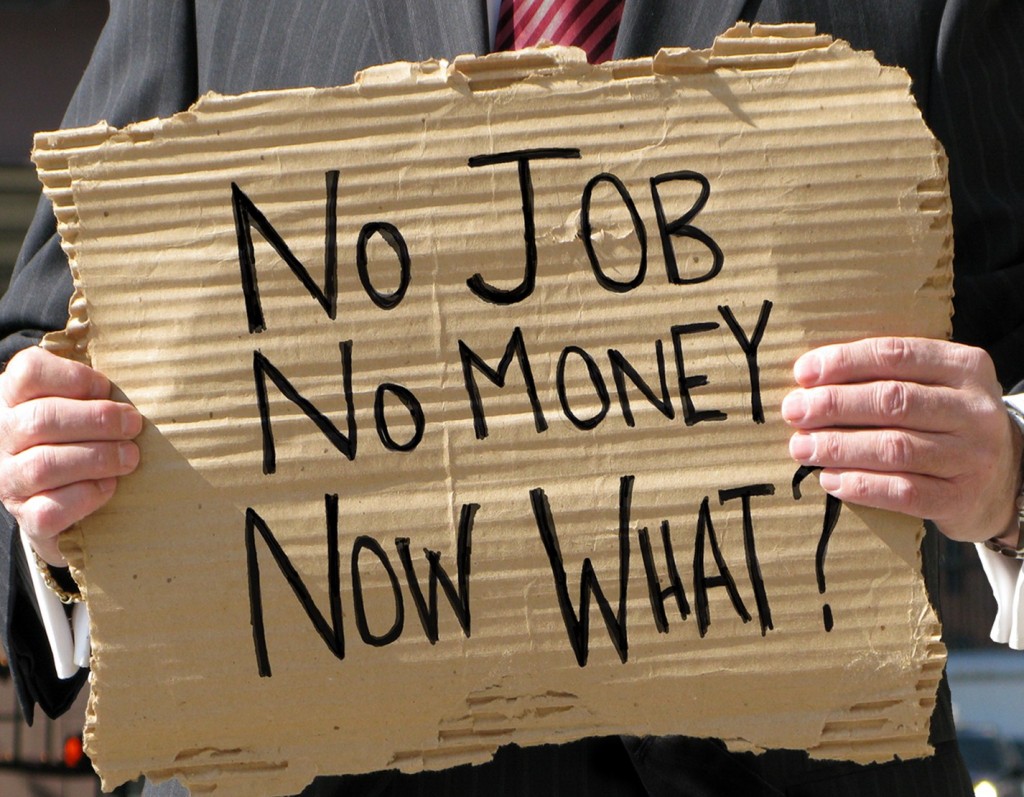
By Paddy Quick
The monthly reports on the “Employment Situation” issued by the Bureau of Labor Statistics, most recently that for January 2016, see here, regularly make headlines in all forms of the media. An initial response to these might give the impression that the government collects and reports on these numbers out of concern for the hardships experienced by those who are unemployed. This is not, however, the primary reason for the importance given to these reports by politicians and capitalists.
The significance of the data lies in its ability to provide a fairly accurate short-term assessment of the overall level of production, relative to its potential. Itis the unemployment of capital, rather than the unemployment of labor, that is the major concern. Data on the unemployment of labor serves as an indicator of the former and is important to policy makers and corporations alike for that reason. The rate of capacity utilization, a more direct indicator of the level of “employment” of capital, is extremely difficult to track, particularly on a monthly basis. Unused construction equipment, empty or underutilized retail stores, the less-than-full-time use of IT equipment and facilities– these are the real concerns of capital and its consequently restricted ability to realize profits from the laborers that it employs.
While many workers are indeed laid off when production falls, corporations are not generally able to reduce the size of their work forces, particularly those employed as “white-collar” workers, by the same proportion.
The Federal Reserve’s interpretation of economic developments , as provided in its Open Market Committee reports, should be closely watched, providing us with an ongoing “official” reading of government interpretation of this and other data.
At present the Fed is not fully convinced that production is recovering. While the official unemployment rate continues to decline, the Fed notes that it is only in the last month or so that real wages have seen a significant increase, a very real impact of falling unemployment. While workers welcome this, of course, the Fed is sees it as providing a justification for a rise in interest rates to prevent “too rapid” growth, and the possibility that rising wages might (heaven forbid!) eat into corporate profits.
It is therefore important to understand that reducing unemployment is NOT the goal of the government’s economic policy, but at best, only a side effect of its ongoing support for capitalist profits and accumulation.
Category: Capitalism, Class Conflict, Corporations, Fed, Great recession, Living Standards, P Quick, Uncategorized, Well-being
